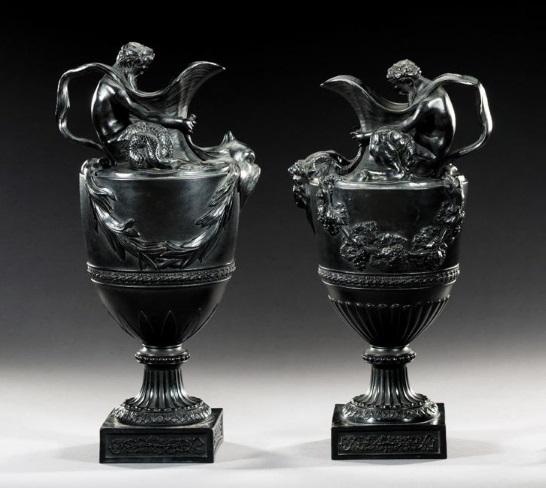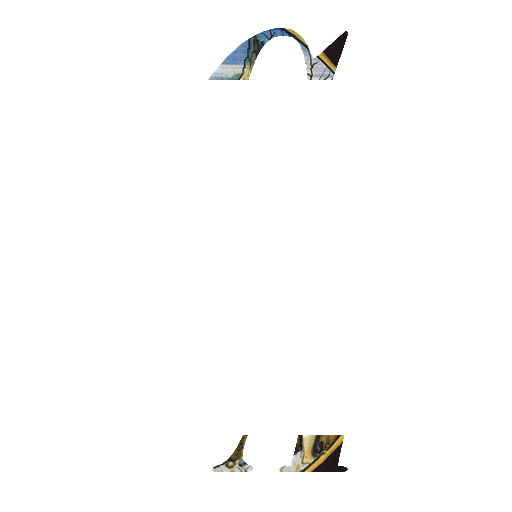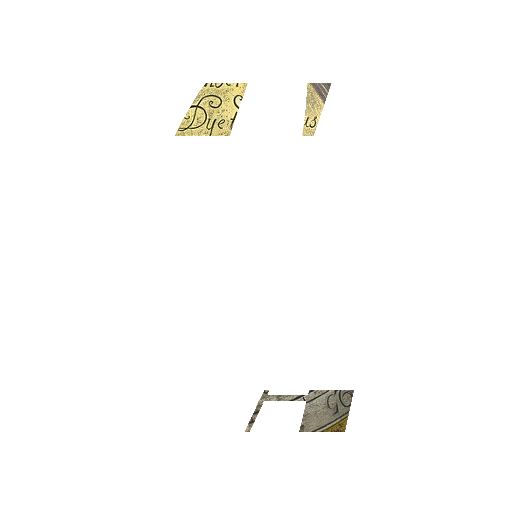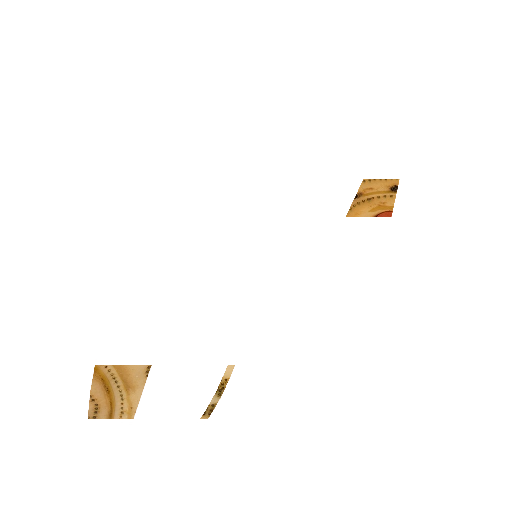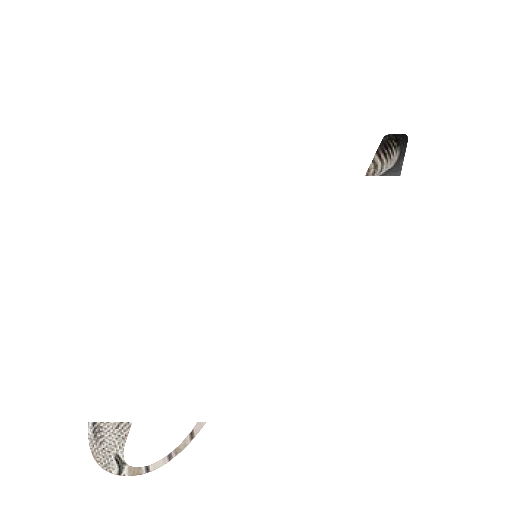Josiah Wedgwood and Sons, commonly known as Wedgwood, is a fine china, porcelain, and luxury accessories company founded on 1 May 1759 by Josiah Wedgwood.
In 1987, Wedgwood merged with Waterford Crystal to create Waterford Wedgwood, an Ireland-based luxury brands group. Waterford Wedgwood was purchased by the New York City-based private equity firm KPS Capital Partners in 2009, and became part of a group of companies known as WWRD Holdings Ltd., an acronym for "Waterford Wedgwood Royal Doulton." Haines McGregor were engaged by KPS Capital to help reposition the portfolio of brands, within 2 years profitability was transformed from $100m yearly debt, to break even and eventually led to the successful sale to Fiskars in July 2015 for $437m. On 2 July 2015, Fiskars Corporation acquired WWRD.
At the outset, Josiah Wedgwood worked with the established potter Thomas Whieldon until 1759 when relatives leased him the Ivy House in Burslem, Stoke-on-Trent, allowing him to start his own pottery business. The launch of the new venture, his own company, was helped by his marriage to Sarah Wedgwood, a remotely-related cousin, who brought a sizable dowry to the marriage.
In 1765, Wedgwood created a new form of earthenware, which impressed the then British Queen consort Charlotte of Mecklenburg-Strelitz who gave official permission to call it "Queen's Ware." This new form sold extremely well across Europe. The following year in 1766 Wedgwood bought Etruria, a large Staffordshire estate, as both a home and factory site. Wedgwood developed a number of further industrial innovations for his company, notably a way of measuring kiln temperatures accurately and the new ware types Black Basalt and Jasper Ware. Wedgwood's best known product is jasperware created to look like ancient cameo glass. It was inspired by the Portland Vase, a Roman vessel which is now a museum piece. The first jasperware color was Portland Blue, an innovation that required experiments with more than 3,000 samples. In recognition of the importance of his pyrometric beads (pyrometer), Josiah Wedgwood was elected a member of the Royal Society in 1783. The Wedgwood Prestige collection sold replicas of the original designs as well as modern neo-classical style jasperware.
The main Wedgwood motifs in jasperware, as well–as in other wares like basaltware, queensware, caneware, etc.–were decorative designs that were highly influenced by the ancient cultures being studied and rediscovered at that time, especially as Great Britain was expanding her empire. Many motifs were taken from ancient mythologies: Roman, Greek and Egyptian. Meanwhile, archaeological fever caught the imagination of many artists. Nothing could have been more suitable to satisfy this huge business demand than to produce replicas of ancient artefacts. Many representations of royalty, nobles and statesmen in silhouette were created, as well as political symbols. These were often set in jewellery, as well as in architectural features like fireplace mantels, mouldings and furniture. Wedgwood has honoured American individuals and corporations as well, both historically and recently. In 1774 he employed the then 19-year-old John Flaxman as an artist, who would work for the next 12 years mostly for Wedgwood. The "Dancing Hours" may be his most well known design. Other artists known to have worked for Wedgwood include among others Lady Elizabeth Templetown, George Stubbs, Emma Crewe and Lady Diana Beauclerk.
Wedgwood had increasing success with hard paste porcelain which attempted to imitate the whiteness of tea-ware imported from China, an extremely popular product amongst high society. High transport costs and the demanding journey from the Far East meant that the supply of chinaware could not keep up with increasingly high demand. Towards the end of the 18th century other Staffordshire manufacturers introduced bone china as an alternative to translucent and delicate Chinese porcelain. In 1812 Wedgwood produced their own bone china which, though not a commercial success at first eventually became an important part of an extremely profitable business.
Josiah Wedgwood was also a patriarch of the Darwin–Wedgwood family. Many of his descendants were closely involved in the management of the company down to the time of the merger with the Waterford Company;
In 1968, Wedgwood purchased many English potteries including Mason's Ironstone, Johnson Brothers, Royal Tuscan, William Adams & Sons, J. & G. Meakin and Crown Staffordshire. In 1979, Waterford Wedgwood purchased the Franciscan Ceramics division of Interpace in the United States. The Los Angeles plant closed in 1984 and production of the Franciscan brand was moved to Johnson Brothers in Britain. In 1986, Waterford Glass Group plc purchased Wedgwood plc forming the company Waterford Wedgwood.
TWO WEDGWOOD BLACK BASALT PORTRAIT BUSTS OF SHAKESPEARE AND CICERO
EARLY 19TH CENTURY
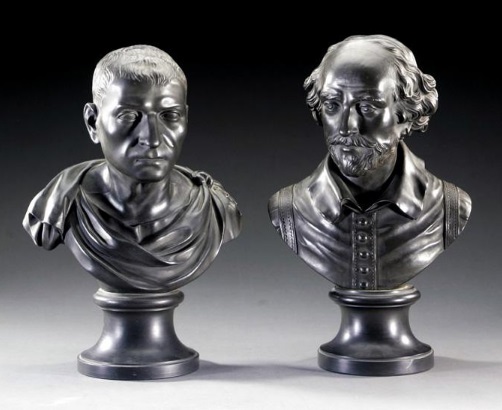
A WEDGWOOD BLUE JASPER POT POURRI VASE AND PIERCED COVER
EARLY 19TH CENTURY
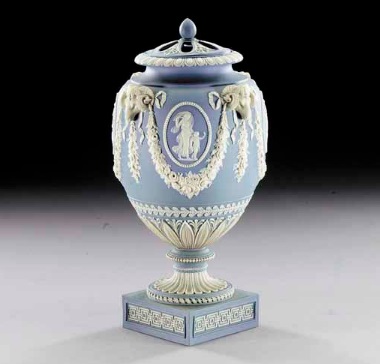
A WEDGWOOD BLACK BASALT NEOCLASSICAL VASE
LATE 18TH CENTURY
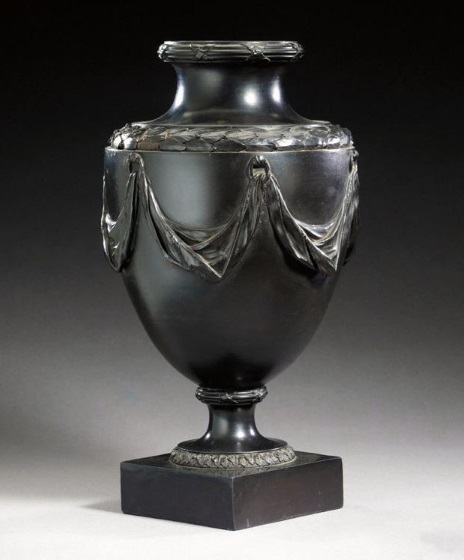
A WEDGWOOD GILT AND BRONZED BLACK BASALT VASE
EARLY 19TH CENTURY
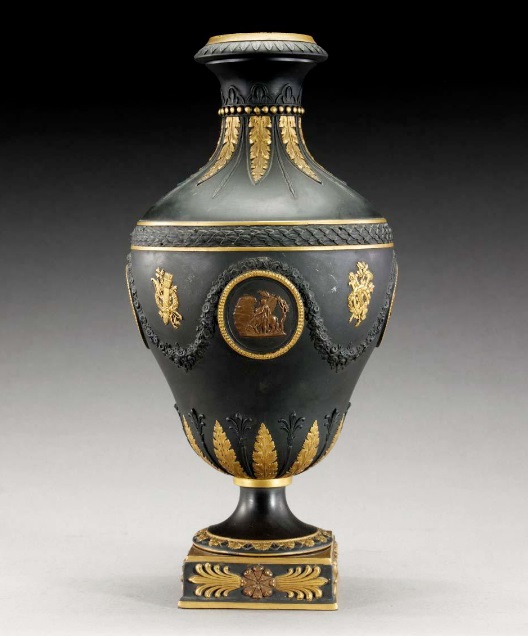
A WEDGWOOD BLACK BASALT TWO-HANDLED VASE
LATE 18TH CENTURY
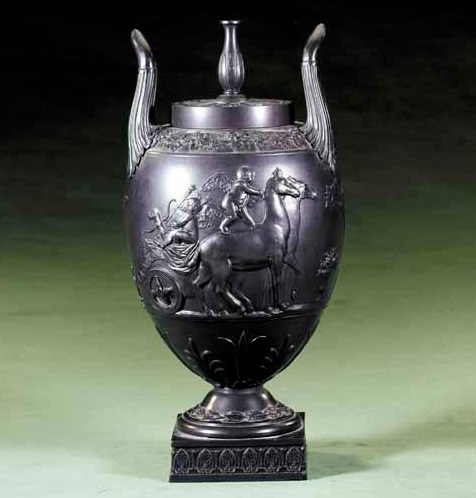
A WEDGWOOD BLACK JASPER PORTLAND VASE
LATE 19TH CENTURY
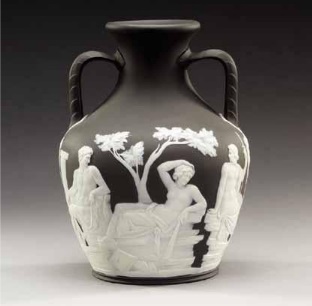
A WEDGWOOD FAIRYLAND LUSTRE 'IMPERIAL' BOWL
EARLY 20TH CENTURY
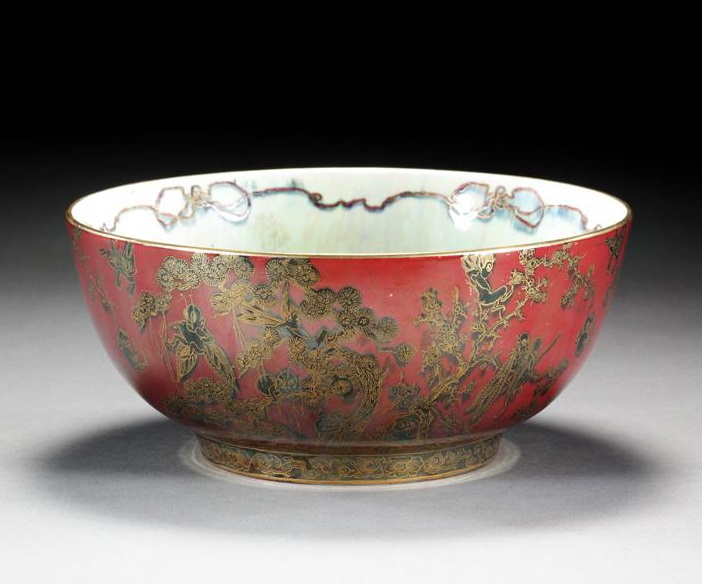
A RARE WEDGWOOD SILVER-MOUNTED BLACK BASALT FOX-HEAD STIRRUP CUP
LATE 18TH CENTURY
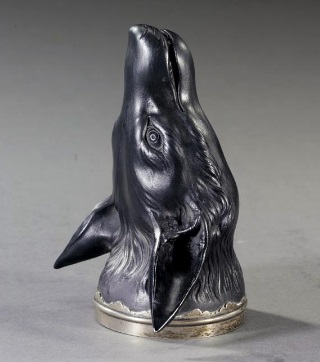
A WEDGWOOD CANEWARE `CANOPIC URN' AND COVER
EARLY 19TH CENTURY
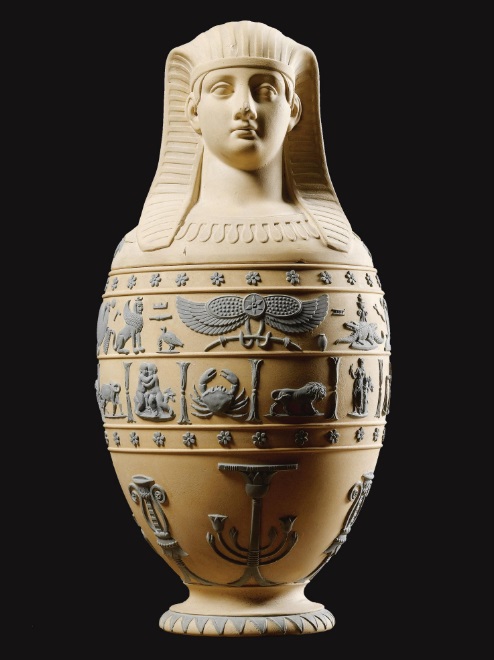
A PAIR OF WEDGWOOD THREE-COLOR JASPER BARBER'S BOTTLES AND COVERS
19TH CENTURY
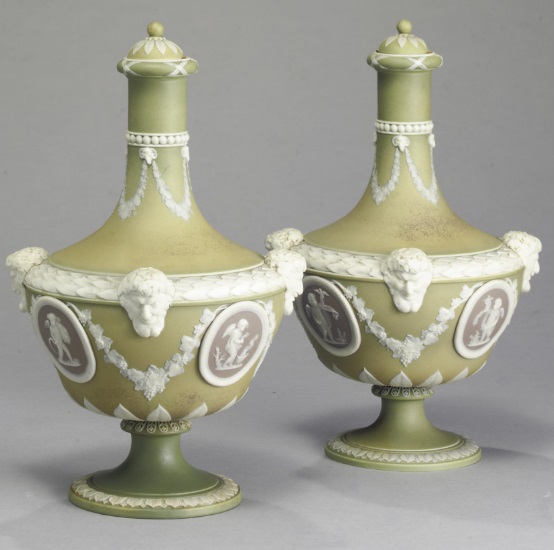
A PAIR OF WEDGWOOD BLACK BASALT FIGURES OF GRIFFINS
LATE 18TH CENTURY
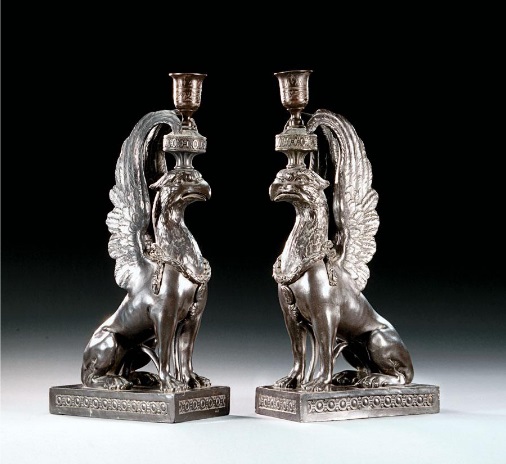
A WEDGWOOD TRANSFER-PRINTED AND PAINTED CREAMWARE PART DESSERT SERVICE
19TH CENTURY
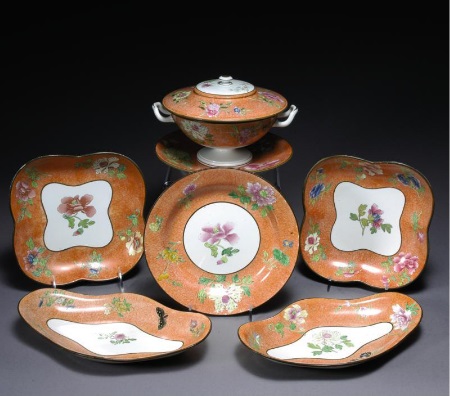
TWO WEDGWOOD BLACK BASALT WINE AND WATER EWERS
19TH CENTURY
